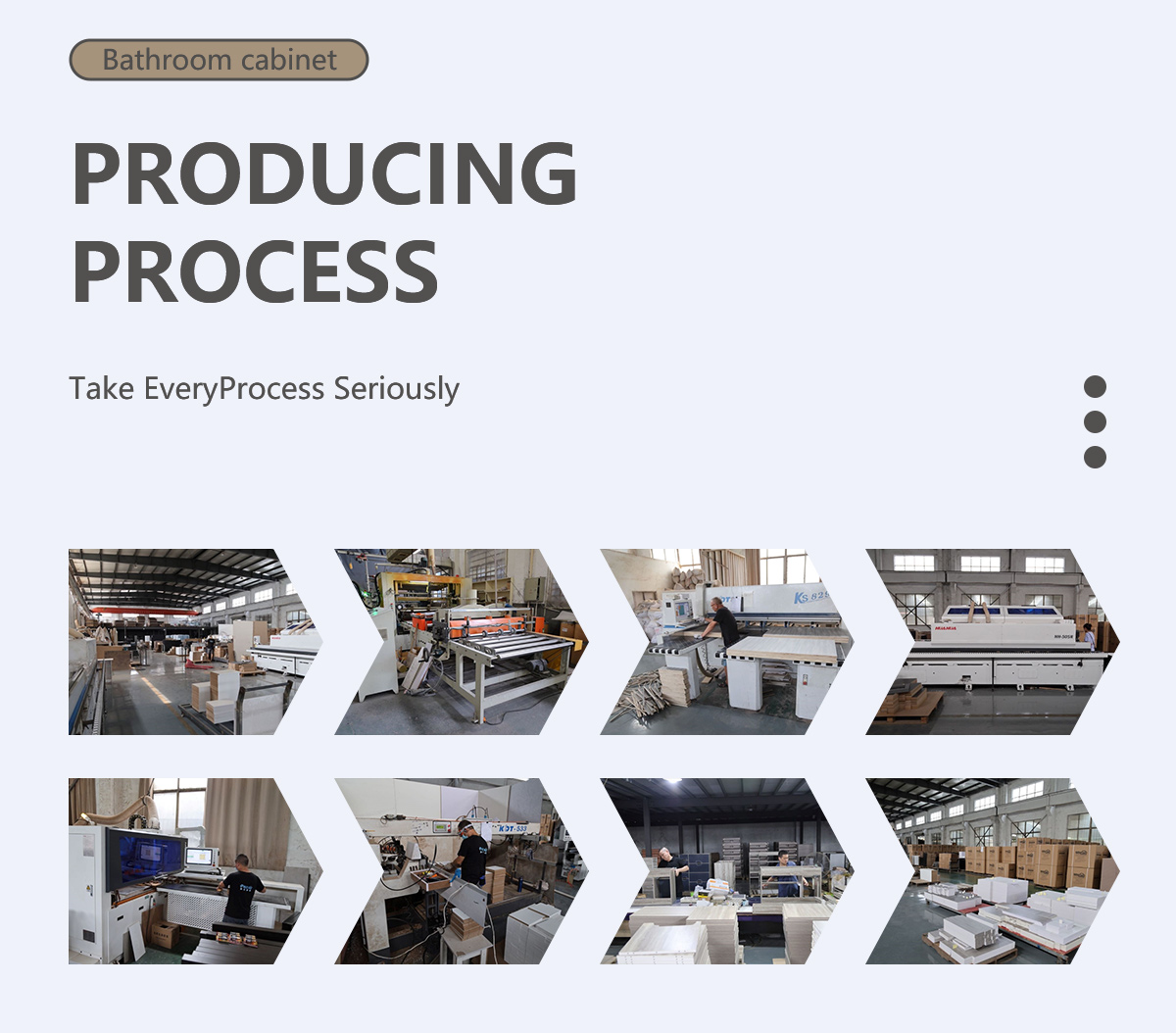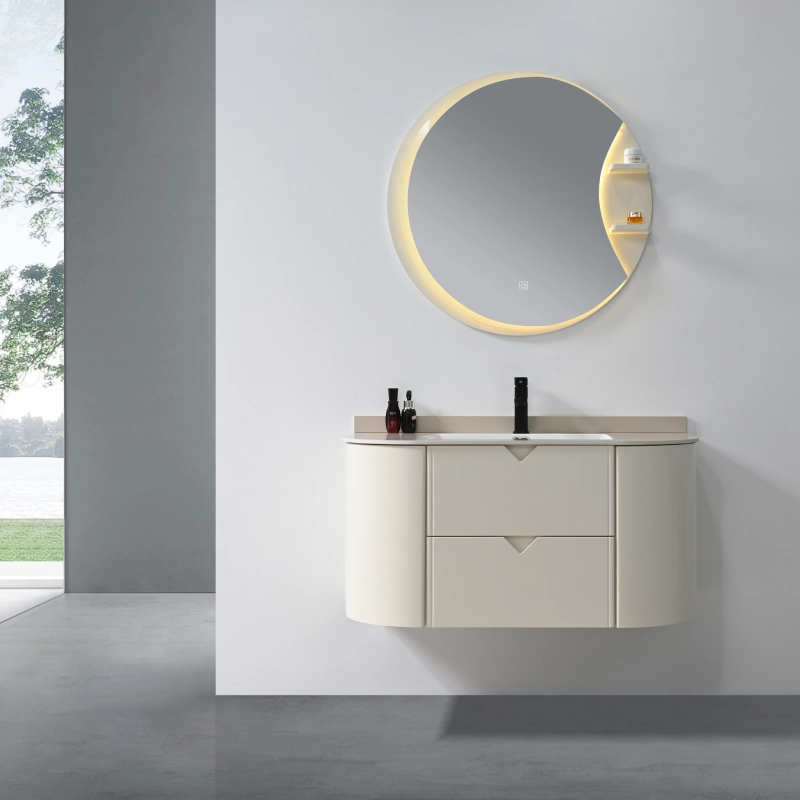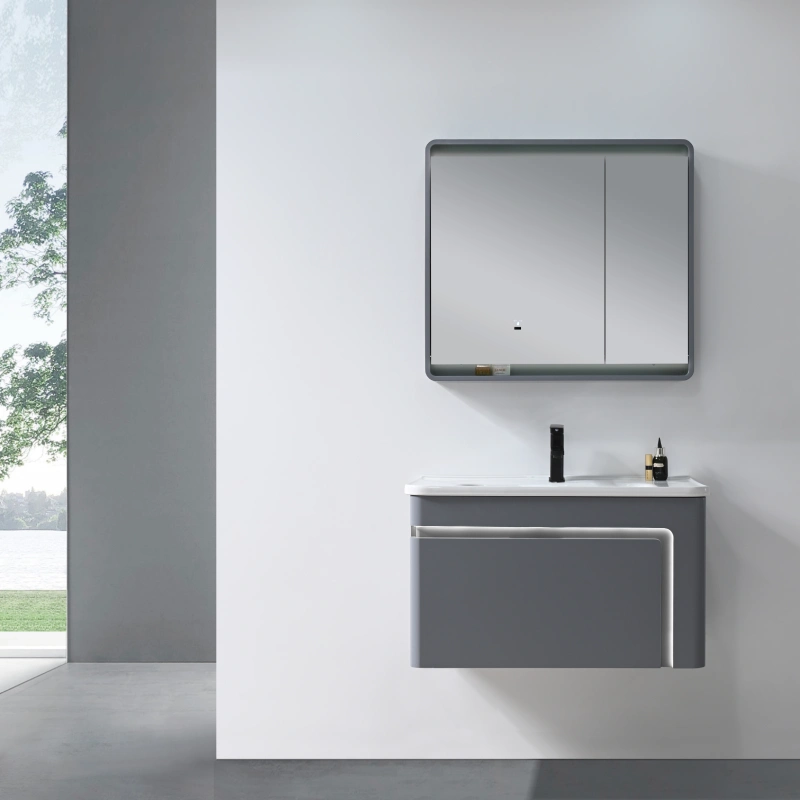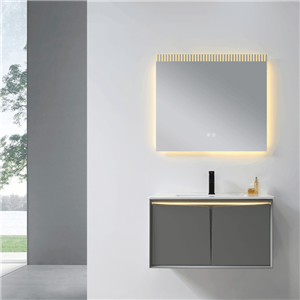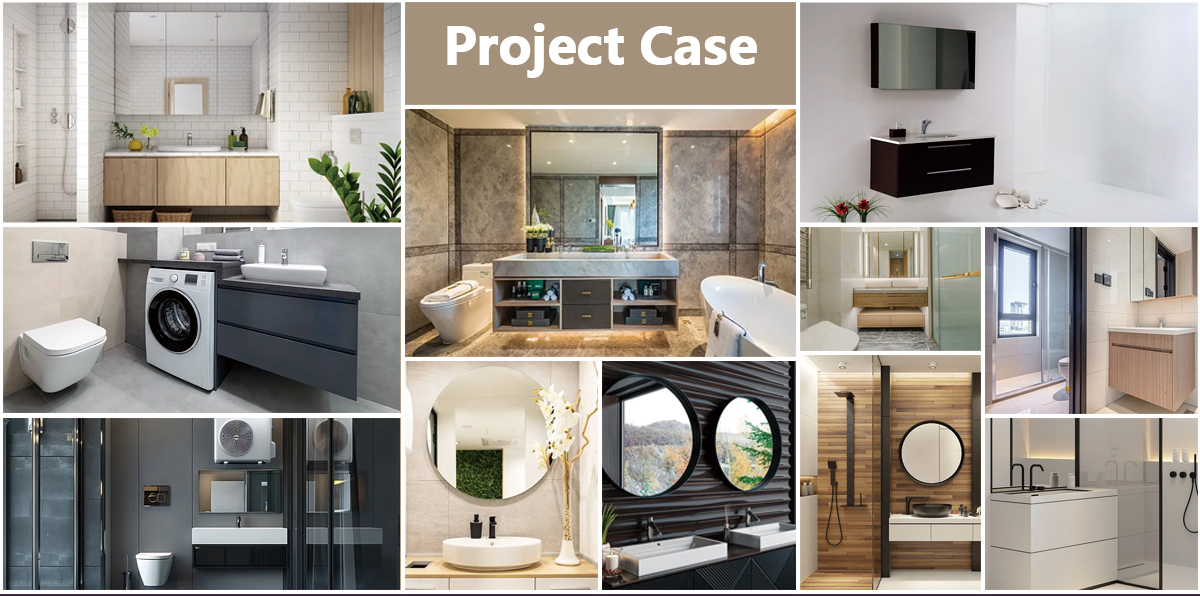How Manufacturers Ensure Durability in Bathroom Vanity Designs
For home improvements, the bathroom is often a top priority. One of the key elements of any bathroom is the vanity, which not only adds to the aesthetic appeal but also serves as a functional piece of furniture. However, not all bathroom vanities are created equal. Durability is a crucial factor that can significantly affect the longevity and performance of a vanity. In this blog, we will explore how manufacturers ensure durability in bathroom vanity designs, what materials are best, the testing processes involved, and practical tips for consumers. By the end of this blog, you will have a comprehensive understanding of what makes a bathroom vanity durable and how to make an informed purchase decision.
What Materials Are Used in Durable Bathroom Vanity Designs?
Choosing the right material for bathroom vanity designs is crucial for ensuring long-term durability. Here, we compare the most commonly used materials, including solid wood, MDF, plywood, and PVC.
| Material | Pros | Cons | Common Uses |
|---|---|---|---|
| Solid Wood | Highly durable, natural aesthetic, can be refinished | Expensive, susceptible to water damage if not sealed | High-end vanities, custom designs |
| MDF | Cost-effective, smooth finish, resistant to warping | Less durable than solid wood, can swell if exposed to water | Mid-range vanities, painted finishes |
| Plywood | Strong and stable, less prone to water damage, cost-effective | Can delaminate if exposed to excessive moisture, edges need proper sealing | Affordable vanities, bathroom environments |
| PVC | 100% waterproof, resistant to mold and mildew, lightweight | Can look less premium compared to wood, may warp under high heat | Budget-friendly vanities, high-moisture areas |
Choosing the Right Material
When selecting materials for bathroom vanity designs, it’s essential to consider the specific needs and conditions of your bathroom. High humidity levels and frequent water exposure are critical factors. Solid wood, while aesthetically pleasing and highly durable, requires proper sealing and maintenance. MDF and plywood offer cost-effective alternatives with good resistance to warping and moisture but have their own limitations. PVC, being completely waterproof, is ideal for budget-friendly options in high-moisture areas but may not provide the same premium look as wood. Manufacturers often use a combination of these materials to balance cost, durability, and aesthetics.

How Do Manufacturers Test the Durability of Bathroom Vanity Designs?
Moisture Resistance Testing
One of the biggest challenges in ensuring the durability of bathroom vanity designs is moisture resistance. Manufacturers employ various testing methods to simulate bathroom conditions and assess how materials and finishes respond to humidity and water exposure. This testing includes:
Soak Tests: Submerging materials in water for a specified period to observe any swelling, warping, or degradation.
Humidity Chambers: Exposing vanities to high humidity levels to test for moisture absorption and stability.
Weight Capacity Testing
Bathroom vanities must support various items, from toiletries to heavy countertops. Manufacturers test the weight capacity by applying significant loads to the vanity to ensure it can bear weight without sagging or breaking. This testing helps determine the strength of materials and the integrity of the construction.
Wear and Tear Testing
Over time, bathroom vanities endure considerable wear and tear from daily use. Manufacturers simulate years of use through accelerated wear and tear testing. This includes:
Abrasion Tests: Scratching and rubbing the surface to test the durability of finishes.
Impact Tests: Dropping heavy objects on the vanity to assess its resilience to dents and damage.
Standards and Certifications
To ensure high durability, manufacturers adhere to industry standards and obtain certifications from recognized organizations. Some of these standards include:
ANSI/KCMA A161.1: A rigorous standard for cabinetry, focusing on construction, materials, and finishes.
CARB Compliance: Ensures that wood products meet formaldehyde emission standards, promoting indoor air quality.
What Design Features Enhance the Durability of Bathroom Vanities?
Reinforced Joints
The joints are critical components of any vanity design. Reinforced joints, such as dovetail or mortise-and-tenon joints, provide superior strength and durability compared to simple butt joints or dowels. These joints are less likely to loosen over time and can better withstand the stresses of daily use.
Quality Hardware
The hardware used in bathroom vanity designs, such as hinges, drawer slides, and handles, plays a significant role in overall durability. High-quality hardware ensures smooth operation, prevents sagging drawers, and resists corrosion in a humid bathroom environment. Soft-close hinges and slides are particularly beneficial as they reduce wear and tear from slamming.
Protective Finishes
Finishes protect the vanity from moisture, stains, and scratches. Manufacturers apply multiple layers of sealant, lacquer, or polyurethane to create a protective barrier. These finishes enhance the durability of bathroom vanity designs by preventing water penetration and preserving the material's integrity.
Identifying Durable Design Features
When selecting a bathroom vanity, look for signs of durable design features. Examine the joints, test the hardware for smooth operation, and inquire about the type of finishes used. Durable vanities often have visible reinforcements, robust hardware, and a smooth, well-applied finish that resists moisture and scratches.
How Do Manufacturers Ensure Quality Control in Bathroom Vanity Designs?
Inspections at Various Production Stages
Manufacturers implement quality control processes at multiple stages of production. This includes initial inspections of raw materials, in-process checks during manufacturing, and final inspections before the product reaches the market. Each stage involves rigorous testing and examination to ensure that the vanities meet the desired durability standards.
The Role of Experienced Craftsmanship
Experienced craftsmanship is crucial in producing durable bathroom vanity designs. Skilled artisans and technicians bring their expertise to the manufacturing process, ensuring precise assembly and attention to detail. Their knowledge and experience help identify potential issues and implement solutions that enhance durability.
Modern Technology in Quality Control
Advancements in technology have significantly improved quality control processes. Manufacturers use computer-aided design (CAD) software to create precise vanity designs and automated machinery for consistent production. Additionally, technologies such as moisture meters and stress testing equipment provide accurate data on material performance and durability.
How Quality Control Impacts Durability
Effective quality control ensures that every bathroom vanity meets the highest standards of durability. By identifying and addressing potential issues early in the production process, manufacturers can produce reliable and long-lasting products. This not only benefits consumers but also enhances the manufacturer’s reputation for quality and durability.
What Are the Common Durability Issues in Bathroom Vanity Designs and How to Avoid Them?
Water Damage
Water damage is a prevalent issue in bathroom vanities due to the high humidity and frequent exposure to water. Common signs of water damage include swelling, warping, and discoloration. To avoid water damage:
Ensure proper sealing: Choose vanities with high-quality finishes that repel water.
Regular maintenance: Wipe up water spills promptly and avoid placing wet items directly on the vanity surface.
Warping and Cracking
Warping and cracking occur when materials expand and contract due to changes in humidity and temperature. To prevent these issues:
Choose stable materials: Opt for plywood or MDF, which are less prone to warping than solid wood.
Control bathroom environment: Use exhaust fans to reduce humidity levels and maintain a stable temperature.
Hardware Failure
Inferior hardware can lead to sagging drawers, misaligned doors, and overall reduced functionality. To ensure hardware durability:
Select high-quality hardware: Look for brands known for their reliability and durability.
Perform regular checks: Tighten screws and lubricate moving parts to maintain smooth operation.
How to Maintain Your Bathroom Vanity for Long-Term Durability
Regular Maintenance Practices
Proper maintenance is key to extending the life of your bathroom vanity. Regular practices include:
Cleaning: Use mild, non-abrasive cleaners to wipe down surfaces regularly.
Polishing: Apply furniture polish or wax to wooden vanities to protect the finish and enhance shine.
Inspecting: Periodically check for signs of wear and address issues promptly.
Recommended Cleaning Products and Techniques
Using the right cleaning products and techniques can significantly impact the durability of your vanity. Avoid harsh chemicals and abrasive scrubbers that can damage finishes. Instead, opt for:
Mild soap and water: A gentle solution for everyday cleaning.
Vinegar and water: A natural alternative for removing stains and disinfecting surfaces.
Microfiber cloths: Soft cloths that prevent scratching while cleaning.
Signs of Wear and Tear to Watch Out For
Identifying early signs of wear and tear allows you to address issues before they worsen. Common signs include:
Loose hardware: Tighten or replace screws and hinges as needed.
Water stains: Sand and refinish affected areas to prevent further damage.
Chips and scratches: Use wood filler or touch-up paint to repair minor imperfections.
When to Consider Repairs or Replacements
Despite regular maintenance, there comes a time when repairs or replacements are necessary. Consider these options if:
Structural integrity is compromised: Significant warping, cracking, or instability indicates the need for replacement.
Extensive water damage: Severe water damage that affects the vanity’s functionality may require professional repair or replacement.
Outdated design: Upgrading to a more modern, durable vanity can enhance both aesthetics and functionality.
Conclusion
In conclusion, ensuring the durability of bathroom vanity designs involves a combination of selecting the right materials, rigorous testing, and incorporating robust design features. Manufacturers play a crucial role in maintaining high-quality standards through meticulous quality control processes and experienced craftsmanship. As a consumer, understanding these factors and practicing regular maintenance can help you choose a durable vanity that stands the test of time. By prioritizing durability, you can enjoy a functional and aesthetically pleasing bathroom vanity for years to come.
